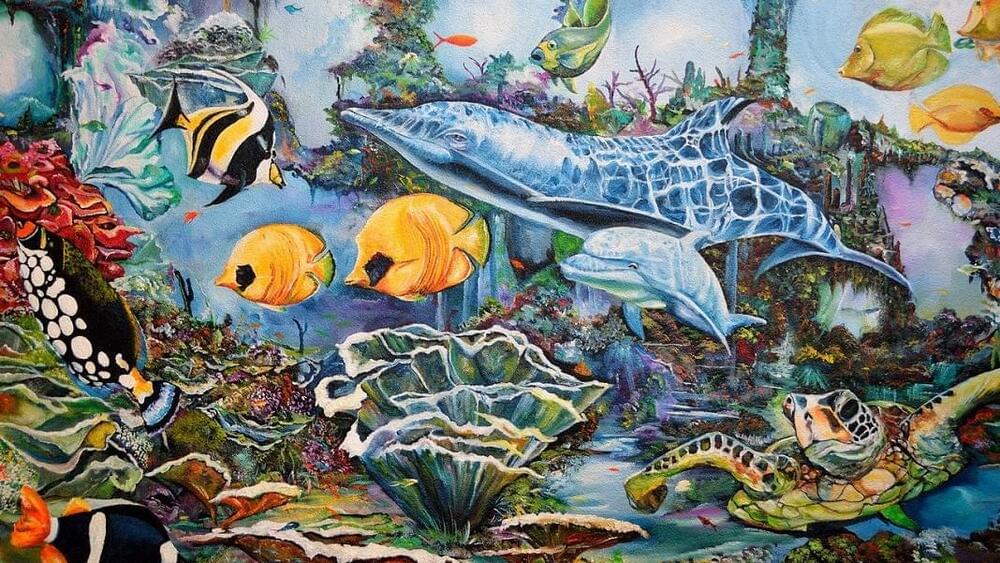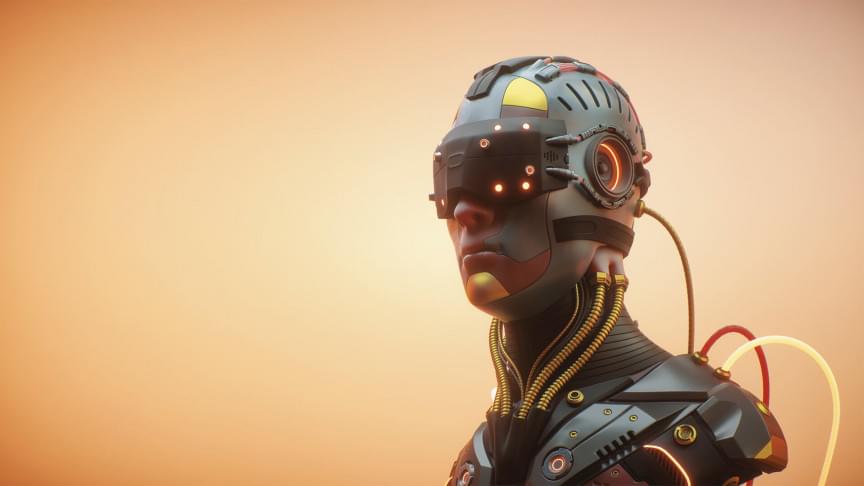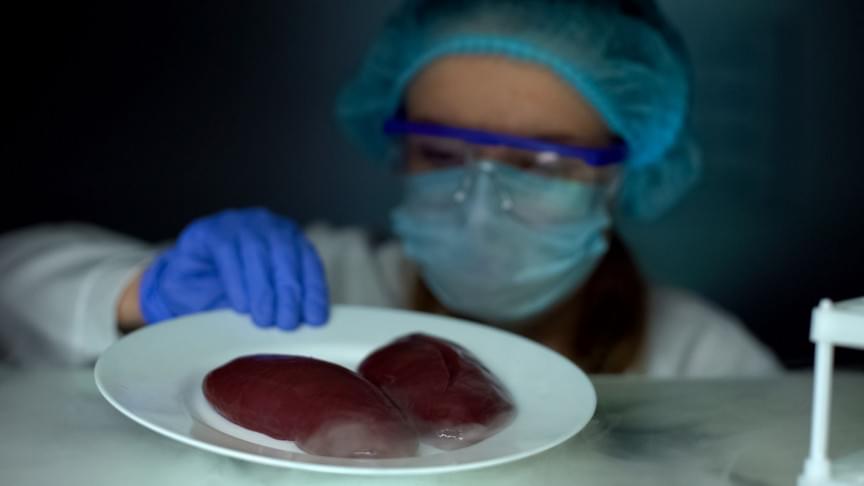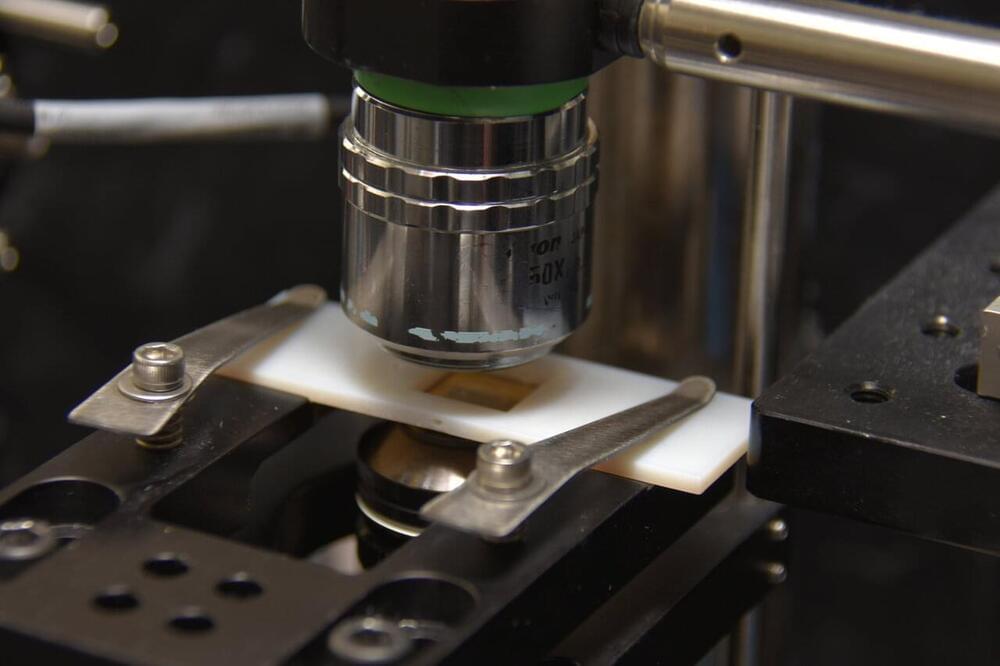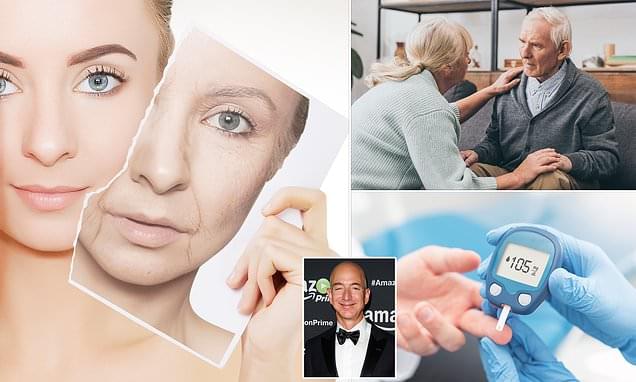The Earth Biogenome Project, a global consortium that aims to sequence the genomes of all complex life on Earth (some 1.8 million described species) in 10 years, is ramping up.
The project’s origins, aims, and progress are detailed in two multi-authored papers published this week. Once complete, it will forever change the way biological research is done.
Specifically, researchers will no longer be limited to a few “model species” and will be able to mine the DNA sequence database of any organism that shows interesting characteristics. This new information will help us understand how complex life evolved, how it functions, and how biodiversity can be protected.
